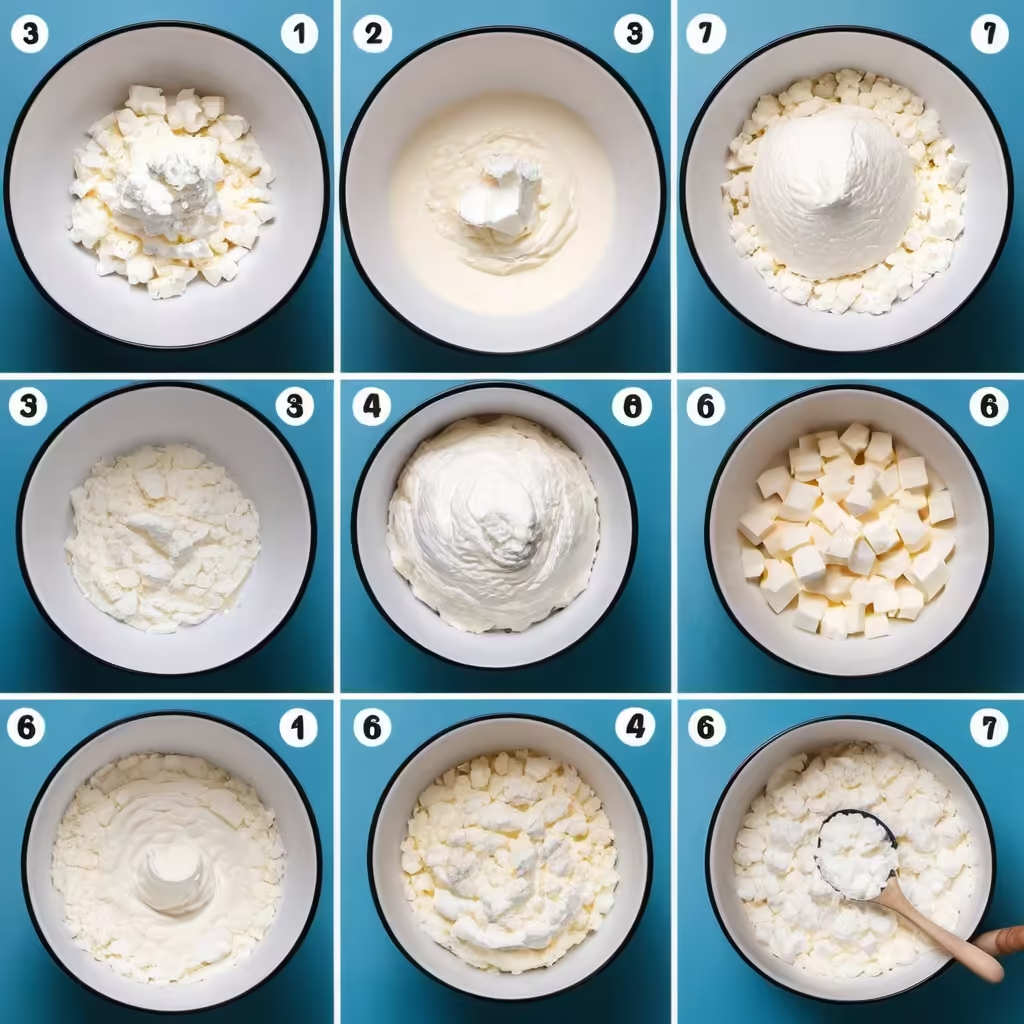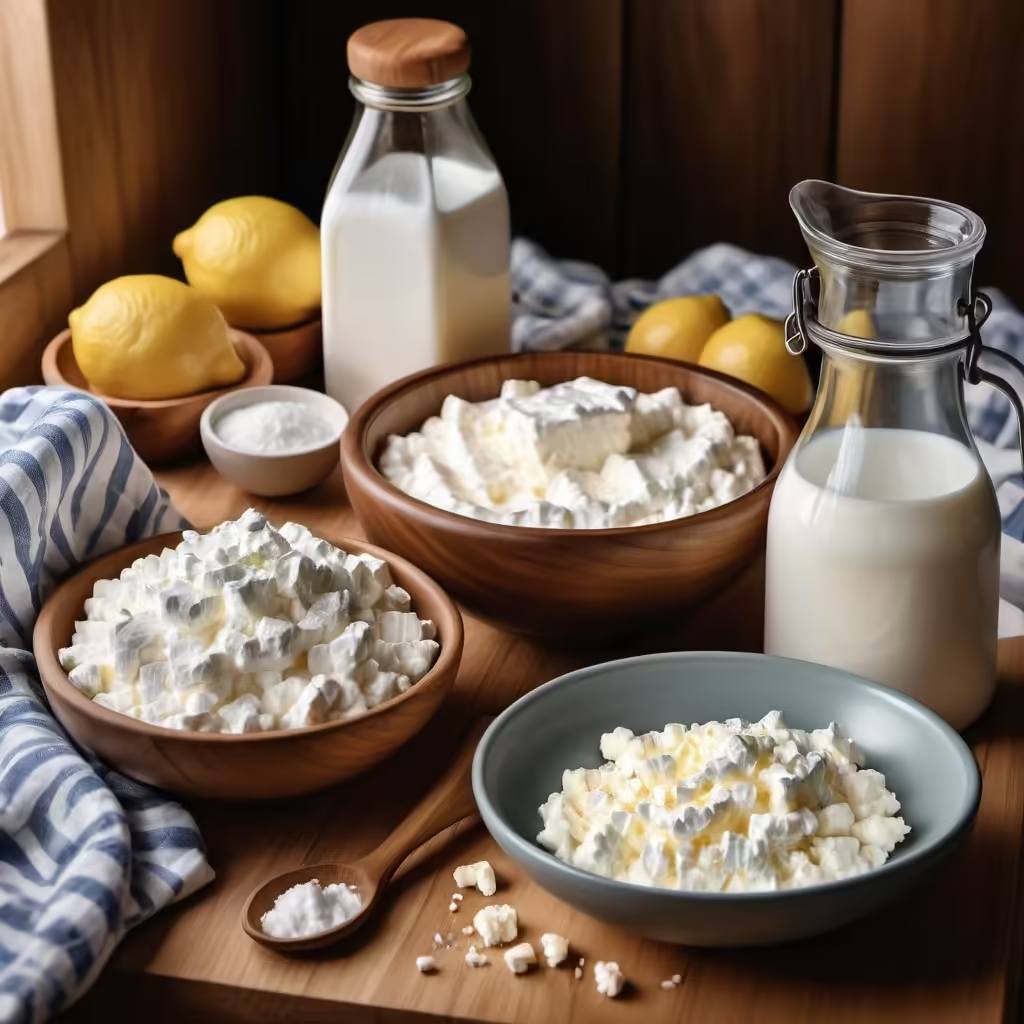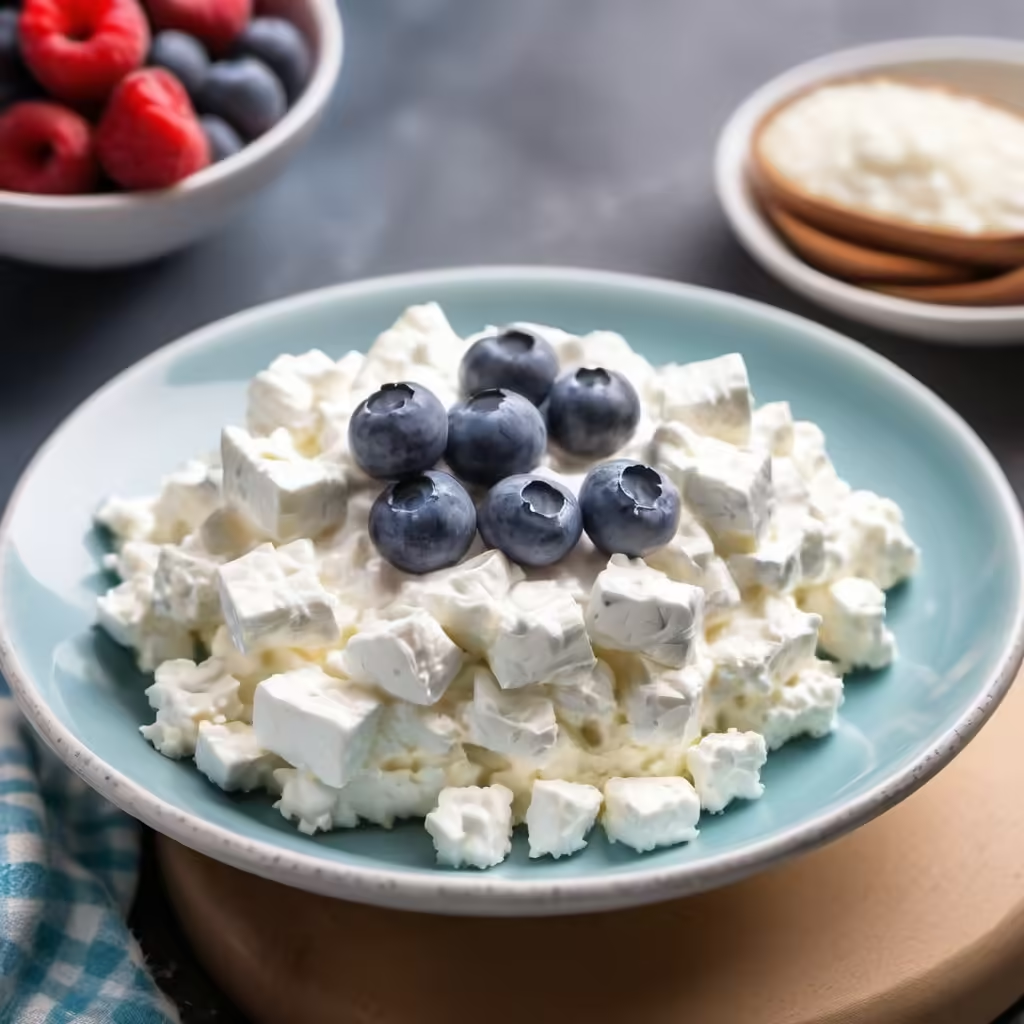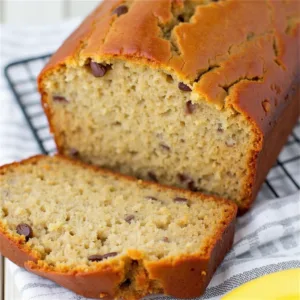High Protein Cottage Cheese Recipe: Make Homemade Whipped Delights!
If you’re on the lookout for a delicious, nutritious, and versatile ingredient to add to your meals, then look no further than cottage cheese! This high-protein dairy delight is not only easy to make but can also be transformed into creamy whipped treats that elevate your recipes. In this article, we’ll dive into everything you need to know about making high-protein cottage cheese at home, including tasty recipes, storage tips, and the amazing nutritional benefits it brings to your diet. Let’s get started!
What is a High Protein Cottage Cheese Recipe?
Understanding Cottage Cheese and Its Benefits
Cottage cheese is a fresh cheese made from curds, and it’s beloved for its creamy texture and versatility in various dishes. It’s often seen as a staple in healthy diets, especially because it’s low in fat and high in protein. With about 25 grams of protein per cup of cottage cheese, it’s a fantastic option for those looking to increase their protein intake without loading up on calories. The beauty of cottage cheese lies not just in its health benefits but also in the fact that it can be enjoyed in both sweet and savory dishes. Whether you’re mixing it with fresh fruit for breakfast or using it in savory recipes, cottage cheese truly shines!
Why Choose a High Protein Cottage Cheese Recipe?
Choosing a high protein cottage cheese recipe means you’re opting for a dish that packs a nutritional punch. High-protein options are great for anyone looking to build muscle, maintain weight, or simply enjoy a healthy lifestyle. Not only does high-protein cottage cheese help you feel fuller for longer, but it also provides essential amino acids that the body needs for repair and growth. Plus, making your own cottage cheese allows you to control the ingredients, ensuring you can create a version that suits your dietary preferences. You can easily make homemade cottage cheese using simple ingredients like whole milk, vinegar or lemon juice, and a dash of salt!
Key Ingredients for Making Cottage Cheese
To start your journey in making homemade cottage cheese, you’ll need a few key ingredients. The foundational ingredient is, of course, whole milk—preferably pasteurized for safety and quality. You’ll also need either vinegar or lemon juice as the acid to help curdle the milk. Adding a pinch of salt enhances the flavor, and if you want to get creative, you can mix in some black pepper or even blend in cream cheese for an extra creamy texture. If you’re feeling adventurous, you could also try adding ricotta cheese to the mix for a unique twist. Remember, freshness is key, so always opt for high-quality ingredients to get the best results!
How to Make Cottage Cheese from Scratch

Step-by-Step Guide to Making Cottage Cheese
Making cottage cheese from scratch is surprisingly easy and rewarding! Start by heating a gallon of milk in a large pot over medium heat. Keep stirring until it reaches a gentle simmer. Once it does, remove it from the heat and stir in your chosen acid—either vinegar or lemon juice. Allow it to sit for about 10 minutes; you’ll notice the curds start to form as the milk separates. Next, line a colander with cheesecloth and slowly pour the curds and whey into it. Rinse the curds under cold water to remove any excess acidity, and then squeeze out the moisture gently. Finally, transfer the curds to a bowl, add salt, and mix well. Voilà! You’ve just made homemade cottage cheese!
Essential Tools for Homemade Cottage Cheese
To make homemade cottage cheese, you’ll need a few essential tools in your kitchen. First and foremost, a large pot is crucial for heating the milk; you want to ensure it’s big enough to hold a gallon of milk without spilling over. A colander lined with cheesecloth is necessary for draining the curds effectively. You might also want a food processor handy if you prefer a smoother texture, especially for making high-protein whipped cottage cheese. Lastly, don’t forget a bowl for mixing and storing your homemade creation!
Tips for the Best Cottage Cheese Texture
If you want to achieve the perfect texture when making your cottage cheese, there are a few tips to keep in mind. First, be careful not to overheat the milk; a gentle simmer is key to preventing the curds from becoming rubbery. Rinsing the curds under cold water helps to cool them down and halt the cooking process, which is essential for a creamy texture. If you enjoy a smoother consistency, you can pulse the curds in a food processor for a few seconds. Finally, don’t skip the seasoning! A pinch of salt can elevate the flavor dramatically, making your cottage cheese even more enjoyable.
Full Cottage cheese recipe

Ingredients
4 cups whole milk (you can use 2% or skim, but whole milk makes it creamier)
2 tablespoons white vinegar or lemon juice
½ teaspoon salt (adjust to taste)
Optional: 2-3 tablespoons heavy cream (for extra creaminess)
Execution
Heat the Milk: Pour the milk into a large saucepan and heat it over medium heat. Stir occasionally to prevent scorching. Once the milk reaches around 120°F (just before simmering), remove it from the heat.
Add Vinegar or Lemon Juice: Stir in the vinegar or lemon juice slowly while stirring. You’ll notice the milk curdling almost instantly, forming curds and whey. Don’t worry—that’s exactly what we want!
Let It Sit: Cover the pan and let the mixture sit for 5–10 minutes to allow the curds to fully form.
Strain the Curds: Using a fine-mesh strainer or cheesecloth, gently pour the curds and whey into the strainer. Let it drain for a few minutes until most of the liquid has been removed. If you prefer a drier cottage cheese, let it drain longer.
Rinse and Season: Rinse the curds with cold water to stop the cooking process and remove any vinegar or lemon juice flavor. Gently press the curds to remove any excess water. Transfer the curds to a bowl and stir in the salt.
Add Cream (Optional): For a creamier texture, add 2-3 tablespoons of heavy cream and stir it into the cottage cheese. This step is totally up to you, but it makes the cottage cheese extra rich and smooth.
Chill and Serve: Pop your homemade cottage cheese in the fridge to chill for about 30 minutes before serving. Enjoy it with fresh fruits, honey, herbs, or even spread on toast for a delicious snack or light meal!
Additional tips
- Milk matters: Whole milk creates the creamiest cottage cheese, but you can also use 2% or skim if you prefer a lighter version.
- Add flavor: If you want to get creative, stir in some chopped chives, fresh herbs, or cracked black pepper for a savory twist.
What Are Some Healthy Recipes Using Cottage Cheese?
High Protein Whipped Cottage Cheese Recipe
If you’re ready to take your cottage cheese game to the next level, you’ve got to try this high protein whipped cottage cheese recipe! All you need is a cup of cottage cheese, a splash of lemon juice, and a drizzle of honey or your favorite sweetener. Pop these ingredients into a food processor and blend until smooth and creamy. This whipped delight can be enjoyed on its own, spread on toast, or paired with fresh fruit for a delicious and nutritious breakfast or snack. The creamy texture and high protein content make it a fantastic choice for fueling your day!
Cottage Cheese Pancakes: A Savory Twist
Who says pancakes can’t be savory? Cottage cheese pancakes are a delightful alternative to traditional recipes! To whip these up, combine one cup of cottage cheese, two eggs, a half-cup of flour, and a pinch of salt in a bowl. Mix until well combined, then cook on a hot griddle until golden brown on both sides. These pancakes are high in protein and perfect for breakfast or even a light lunch. Serve them with a dollop of Greek yogurt or a sprinkle of black pepper for added flavor. Trust me; you’ll fall in love with this savory twist!
Refreshing Salads with Creamy Cottage Cheese
Looking for a quick and healthy meal option? Cottage cheese salads are where it’s at! Start with a base of leafy greens, then add a generous scoop of cottage cheese. Toss in some fresh veggies, such as cucumbers, tomatoes, and bell peppers, and for a bit of crunch, add nuts or seeds. To dress it up, drizzle with olive oil, a splash of lemon juice, and a sprinkle of salt and pepper. This refreshing salad is not only packed with nutrients but also offers a satisfying dose of high-protein goodness that will keep you full for hours!
How to Store Cottage Cheese Properly?
Best Practices for Storing Cottage Cheese
Once you’ve made your delicious cottage cheese, it’s important to store it properly to maintain freshness. Always transfer your homemade cottage cheese into an airtight container. This will help to keep the moisture in and prevent any contamination from other odors in your fridge. Make sure to keep it refrigerated at all times, as cottage cheese can spoil quickly if left out at room temperature.
How Long Does Cottage Cheese Last?
When stored correctly in an airtight container in the fridge, homemade cottage cheese can last about 5 to 7 days. However, it’s always best to check for freshness before consuming. If you notice any off smells or changes in texture, it’s safer to toss it out. If you find yourself with a surplus, you can also freeze cottage cheese for up to three months. Just remember that the texture might change a bit, but it will still be great for cooking or baking!
Signs of Spoiled Cottage Cheese
Knowing when your cottage cheese has gone bad is crucial for your health. If you notice any discoloration, off smells, or a sour taste, it’s time to say goodbye to that batch. Spoiled cottage cheese may also develop a watery consistency or mold. Always trust your senses; if something seems off, it’s better to err on the side of caution and not eat cottage cheese that has gone bad.
What Are the Nutritional Benefits of High-Protein Cottage Cheese?
Grams of Protein in Cottage Cheese
Cottage cheese is a powerhouse of protein, with about 25 grams of protein per cup. This makes it an ideal choice for anyone looking to increase their protein intake, whether you’re an athlete, a busy professional, or just someone trying to eat healthier. The high protein content helps in muscle recovery, supports weight management, and keeps you feeling satiated longer. It’s a fantastic way to refuel after a workout or as a satisfying snack throughout the day!
Comparing Cottage Cheese to Other Dairy Products
When you compare cottage cheese to other dairy products, it really stands out, especially in terms of protein content. Unlike traditional yogurt or even ricotta cheese, cottage cheese provides a higher grams of protein per serving while being lower in fat. This makes it a go-to choice for those wanting to enjoy dairy without the extra calories. Plus, it’s incredibly versatile and can be used in a variety of recipes, from sweet to savory, making it a favorite in many kitchens!
Incorporating High-Protein Cottage Cheese in Your Diet
Incorporating high-protein cottage cheese into your diet is a breeze! Whether you enjoy it plain, with fruit, or as part of a savory dish, the options are endless. You can add it to smoothies for a protein boost, spread it on toast, or use it as a base for dips and spreads. You can even swap out sour cream for cottage cheese in recipes to create a healthier version. The key is to get creative and find ways to enjoy this nutritious ingredient every day!




2 thoughts on “Cottage Cheese Recipe”